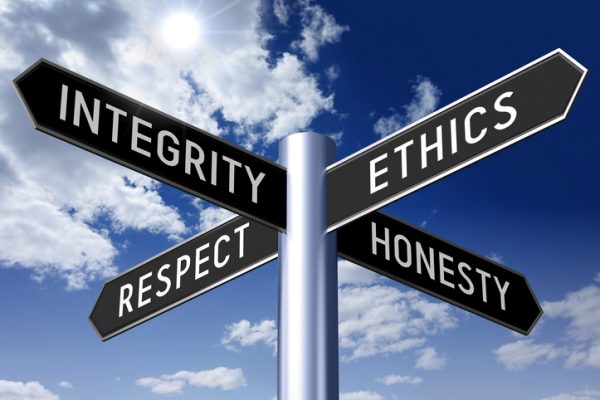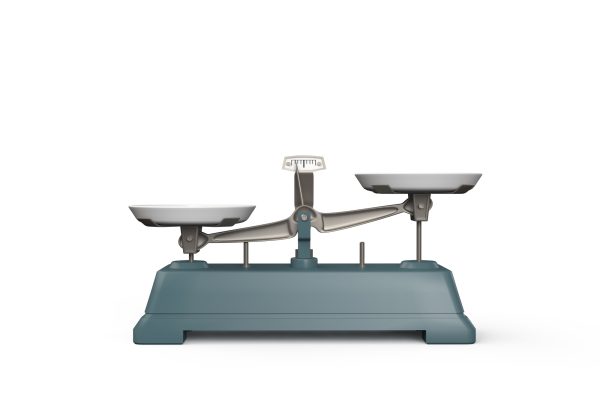Competition with China
As we enter what may be remembered as our first post-COVID summer in the United States, the domestic landscape seems to be settling into a far less chaotic rhythm. Encouraging vaccination numbers have seen mask mandates disappearing. Businesses that were concerned with simply being open only a year ago are now turning toward increasing capacity limits. But while the home front seems back on track, the foreign policy challenges facing America are as pressing as ever. Recent cyberattacks have disrupted America’s oil infrastructure and meat production, and conflicts in the Middle East have flared anew. However, as I wrote in my August newsletter of last year, I believe the defining foreign policy issue facing America in the coming decades will be China.
Shortly after his inauguration, President Biden acknowledged that his administration is prepared for “extreme competition” with China. Biden has ratcheted up the stakes by arguing in essence that China seeks to challenge the liberal democratic order established by the U.S. and its Western allies following World War II. Just last week, Biden’s Asia Czar Kurt Campbell said that “the period that was broadly described as engagement (with China) has come to an end.” Campbell points to policies under Chinese President Xi Jinping as largely responsible for this shift from engagement to competition.
While Biden’s main objective of competition with China is clear, some core planks of his policy, including trade and military strategy remain undefined. Several China experts said that overall, much of Biden’s policy, while different in tone from the Trump administration’s, remains vague. He has kept in place for now Trump’s controversial tariffs on Chinese goods. Average U.S. tariffs on imports from China are currently at 19.3 percent, and cover 66.4 percent of Chinese exports to the U.S. These tariffs are more than six times higher than before the trade war began in 2018.
In an ideal world, I am an advocate of a free and open market. However, the proponents of tariffs are warranted in arguing that action to address China’s trade-distorting practices is necessary. At the same time, as Secretary of State Tony Blinken has said, it’s important that the tariffs are not “doing more harm to us than the country they’re being wielded against.” The tariffs, along with China’s retaliatory tariffs on U.S. imports, have jeopardized American jobs, increased costs for businesses, raised consumer prices and impeded access to medical products desperately needed during the pandemic. Many analysts argue that the Biden administration’s goal should be to minimize these costs to U.S. workers, companies, and consumers, while maintaining pressure on China to improve its behavior. That will require carefully picking and choosing which tariffs to lift and how.
Trade war aside, competition in science and technology is another major focus of the US-China relationship. President Xi recently called for China to accelerate efforts to become self-reliant when it comes to science and technology. Meanwhile in the U.S., the Senate is considering the U.S. Innovation and Competition Act (USICA), a $250 billion bill to boost U.S. science and technology. It is a widely-backed attempt to put new economic pressure on China while helping to give the U.S. an edge in producing high-power computer chips and other cutting-edge tools seen as critical to the digital age. Just last week, the Senate integrated the Trade Act of 2021 into the USICA in an effort to combat China’s manufacturing imbalances, threats to free and fair trade, and illicit activity which undermine America’s leadership in innovation.
The Biden administration has a complicated road to navigate with respect to U.S.-China relations. I am optimistic they will hammer out a plan which keeps in mind the ultimate goal of keeping our economy growing, bolstering our technological independence, and remaining competitive with China.




LATEST ARTICLES